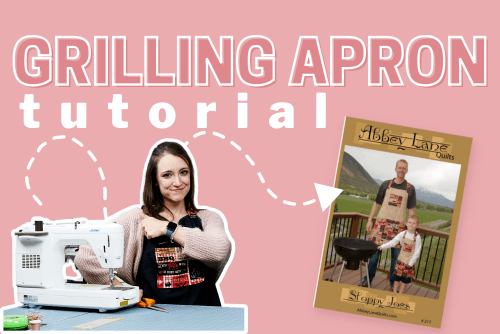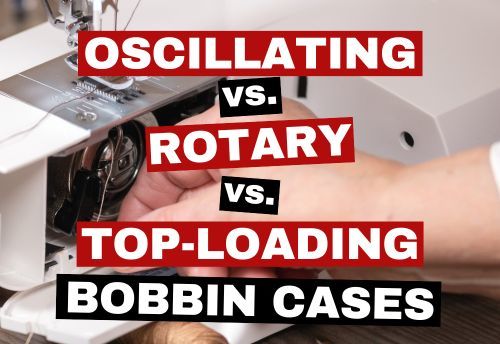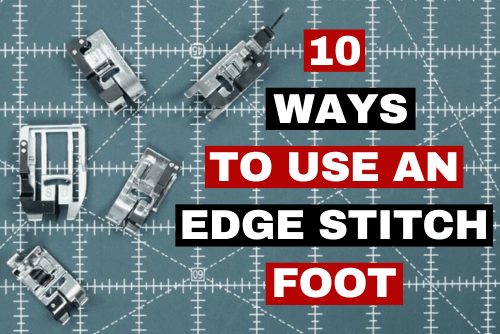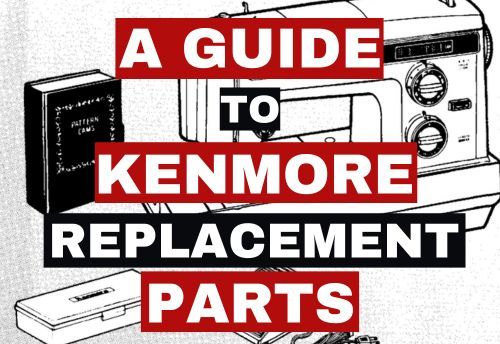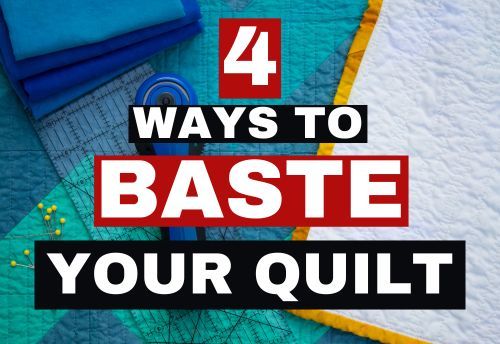Hey, everyone! I’m Sarah with sewingpartsonline.com. Today we’re going to talk about the important parts that work together to control your tension. There are many different types of tension units. Some are built into the machine, some are digital, and some are standalone units like this Singer one. You see these very commonly on older machines. These are primarily what we’re going to be talking about today.
This unit controls your tension with this knob on the front. In short, you turn the knob to the right and the tension discs are pushed together. This tightens the tension. You turn the knob to the left and the tension discs come apart. This loosens the tension. It’s pretty straight forward.
However, over time you may notice that turning this knob doesn’t change your tension at all or your stitches are inconsistent. You really shouldn’t have to fiddle with this knob to correct a stitch that was perfect 3 seams ago. If you find that you’re constantly battling your tension knob, then it’s time to get a new upper tension unit.
The spring should have a little bit of resistance and should recover smoothly to its resting position. If the spring has no resistance or doesn’t recover, then it needs to be replaced.
You can buy just the springs or just the tension discs, but we’ve found that replacing individual parts, 9 times out of 10, actually makes the situation worse. See, these tension assemblies are very complicated and they have lots of little, finicky parts. Let me show you what I mean.
This is a tension unit disassembled by our lead technician, Dennis. Assembling this unit properly requires a skilled, experienced mechanic. Instead of fooling with this mess, we highly recommend buying the entire pre-assembled tension unit, especially because the rest of your assembly is just as worn out as the discs or the springs. There’s no point in rebuilding the assembly piece by piece. It’s more trouble and more expensive. Buying the entire assembly unit is only a few dollars more than each individual part. Best of all, this tension unit just plugs right into your machine. Simply tighten your screw and you’re good to go.
Now, let’s go over a few troubleshooting tips to think about.
Before you install your new tension unit, take a second to inspect the unit and make sure the factory settings are perfect. Just like I showed you before, you should feel resistance and the spring should recovery smoothly to its resting position.
Most of the time, the factory setting between #4 and #5 is perfect. However, just in case, I’ll show you how to adjust the spring tension. Gently lift and turn your spring so that this little bar fits into the next groove. Repeat this process until you’re satisfied with the tension.
While you’re adjusting this spring, you want to maintain the distance between this spring and this bar right here. On this Singer assembly, it’s approximately 22 millimeters (1/8th of an inch) apart. Also, make sure the bar is lined up with this line right here. Reduce your tension, move the bar in very small increments, test the spring, and adjust as needed.
I hope this was helpful. To buy a new tension unit, visit us online at sewingpartsonline.com. If you have any comments or questions, be sure to leave them in the comment section below. If you want to come hang out with our sewing community, visit us on Facebook at Facebook.com/sewingpartsonline, Twitter @sewingparts, Google Plus, Pinterest, Instagram….we’re everywhere. Be sure to like this video, share this video, and subscribe for our next sewing video.



